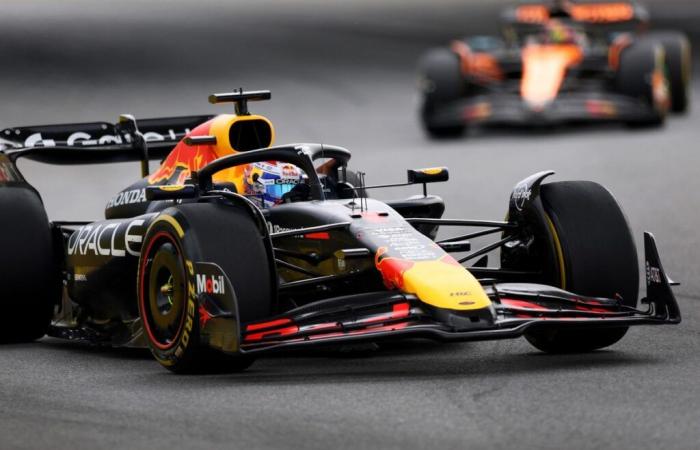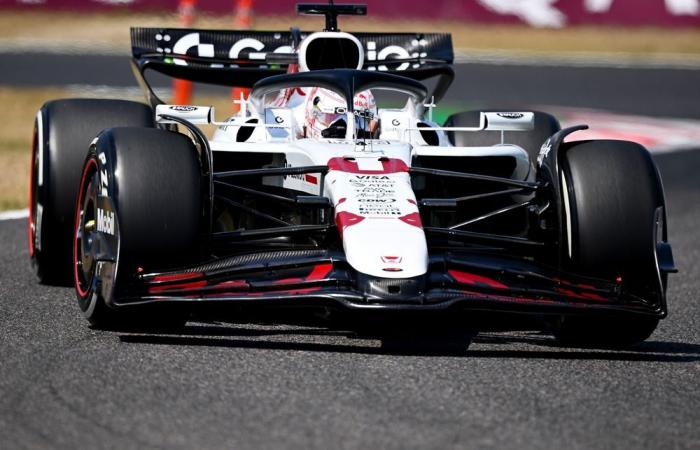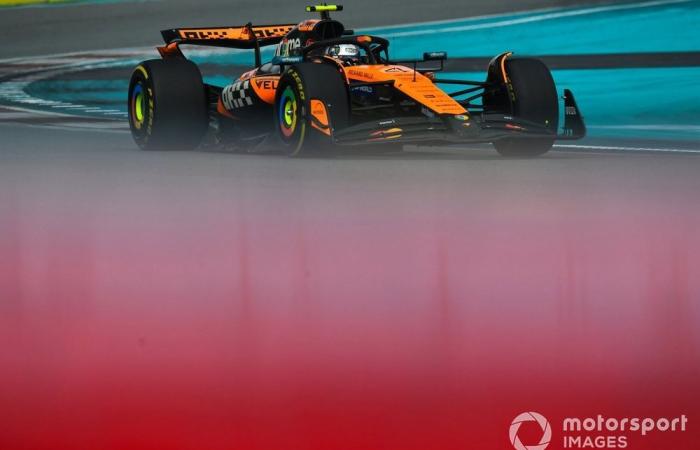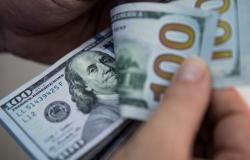As if there were doubts, the overwhelming 1-2 of McLaren in the Miami GP He confirmed even more than the Papaya team is still the best in race pace, especially when the wear of the rear tires is key. So why do Max Verstappen continue to surpass Lando Norris and Oscar Piastri in classification?
Saucers led to Norris towards his third consecutive victory, and the fifth of McLaren In six races this season. Mercedes, with George Russell, finished third to 37 seconds and Verstappen gave up some alarming 40 seconds. This confirms the tendency that, when the wear and overheating of rear tires are a big problem, McLaren takes muscle and escapes without a rival once the Pirelli tire begins to degrade.
It is no coincidence that Verstappen’s only victory was in Suzuka, a Japan Grand Prix with an easy stop at a stopwhere the champion was able to defend the pole in a circuit with few overtaking options, and McLaren did not know how to take advantage of the strategic opportunities.
But although McLaren It is unbeatable in career rhythm, it has not been so dominant in classification. Verstappen leads with three poles in six large awards, followed by two of Saucers and one from Norris. In Miami, Andrea Kimi Antonelli (Mercedes) took the sprint pole, and in China Lewis Hamilton (Ferrari) did. The pole of Verstappen in Suzuka was considered the most impressivewith its performance in Miami not far away, despite using a Honda engine with more kilometers that had acceleration in the lines of the second and third sector.
The less clear panorama in classification has fed the debate about how fast is the McLaren on a return and has lit a certain psychological war between both teams regarding the role of its pilots on Saturdays.
Speaking of the third pole of the year of Verstappen, Christian Horner hastened to highlight the ability of the Dutch to perform under pressure. “Like any great athlete, it is in those moments of maximum pressure, in that last game of tires, where Max always responds,” he told Sky on Saturday. “Once again he has done it, and he already has three poles in six races, against all prognosis.
“It seemed that McLaren He had us covered in Q2, but it’s about turning, and Max is a teacher in that. You have to get the best out of itself because, in general, we are probably one or two tenths behind McLaren“.
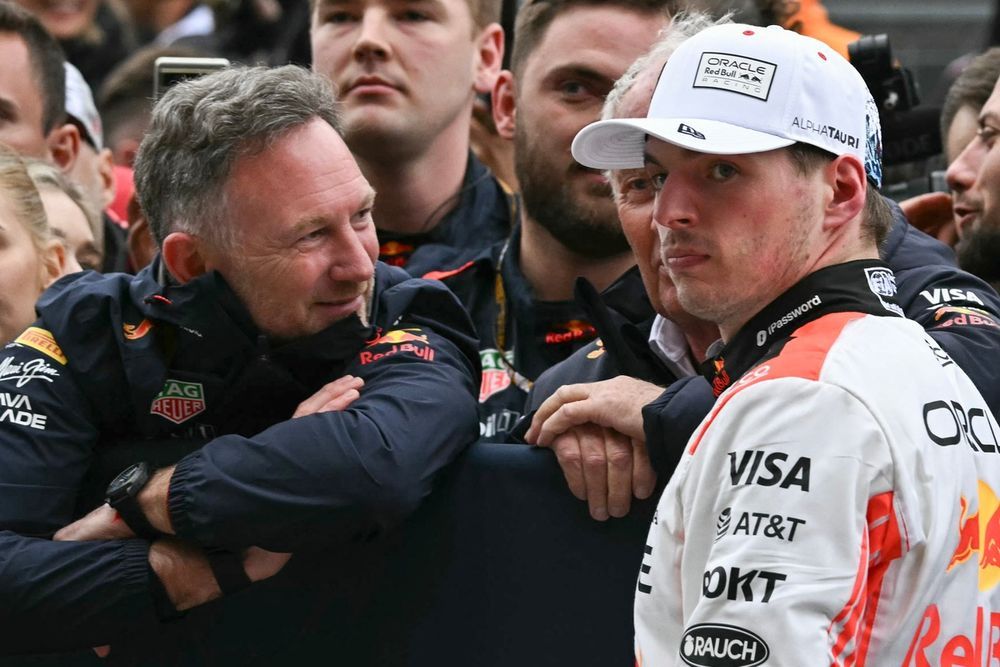
By praising Verstappen’s ability to perform at times of pressure with a lower car, Horner suggests that the champion has an advantage over his rivals in that section. An affirmation that many observers could share, especially considering the usual narrative about Norris. But Andrea StellaTeam Head of McLarenIt has another vision.
Yeah, The McLaren MCL39 has more potential on a return, But it seems that its pilots have trouble extracting it consistently. Norris has had difficulty adapting to the car, which has changed quite a lot about 2024, with which he felt more comfortable. Although Piastri has managed it better, he has also let out poles, especially in Suzuka and now in Miami, where he made an error in curve 1.
What seems to be happening is that the McLaren is very fast in most circumstances, but when going to the limit, the front axle – healing as “insensitive” – does not provide pilots the information necessary to anticipate the car’s behavior. That means that neither Norris or Piastri can predict reliably if they will block the brakeswhich makes it difficult to repeat certain sectors or curves.
“We have accumulated enough data to confirm that the car is easier to take advantage of in long batches than in classification with new tires,” Stella explained. “So far we have not done any perfect turn; maybe the best was Oscar in Bahrein. But in general, especially in terms of front and braking axle blockages, the car pays better in continuous laps than in a return to the limit.”
“From a solid engineering base, we are trying to understand this and make adjustments to give them a more predictable car, to give them more information about the grip to the limit.”
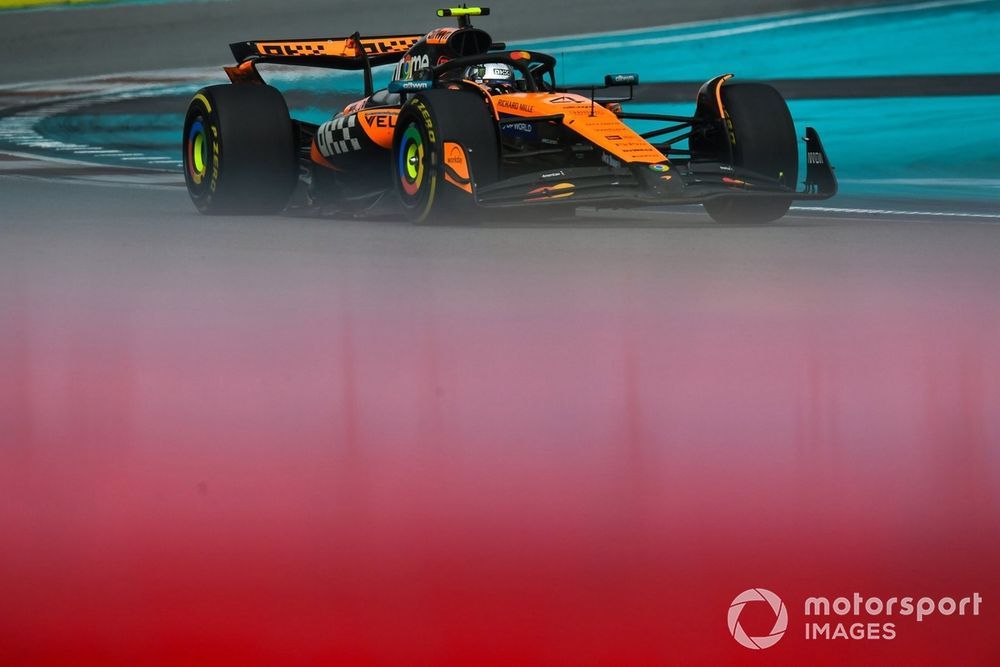
That’s why, Stella believes that the fact that their pilots lose poles with irregular turns in Q3 is more due to technical reasons that McLaren tries to solveand not so much to the performance of the pilots. Hence, he responded annoying about Red Bull’s idea that Verstappen always makes a difference.
“Red Bull is very good doing fast cars, they are exceptionally good driving fast cars and are also very good creating narratives in their favor,” he said when Motorsport.com transferred Horner’s comments. “They take advantage of all the opportunities to continue competing, even creating narratives such as: ‘We are doing miracles here, others should win all sessions and races.”
“It is the narrative that some competitors believe. We read it, we spend the page and focus on ours. We look at the facts, we see what we should improve and there is much to improve.” This raises a more philosophical issue: is a car really faster if you do not allow pilots to exploit that potential reliably?
“I do not think we can distinguish which is the best car. The best car is the performance you can achieve with it, not the absolute potential. Sometimes we can make great curves, but it is difficult for our pilots to repeat them. Oscar said after a return in Q2: ‘Wow, this curve 1 was incredible, I do not know if I can repeat it because I am not sure how I did it; the car did not give me a great feeling about what happened.
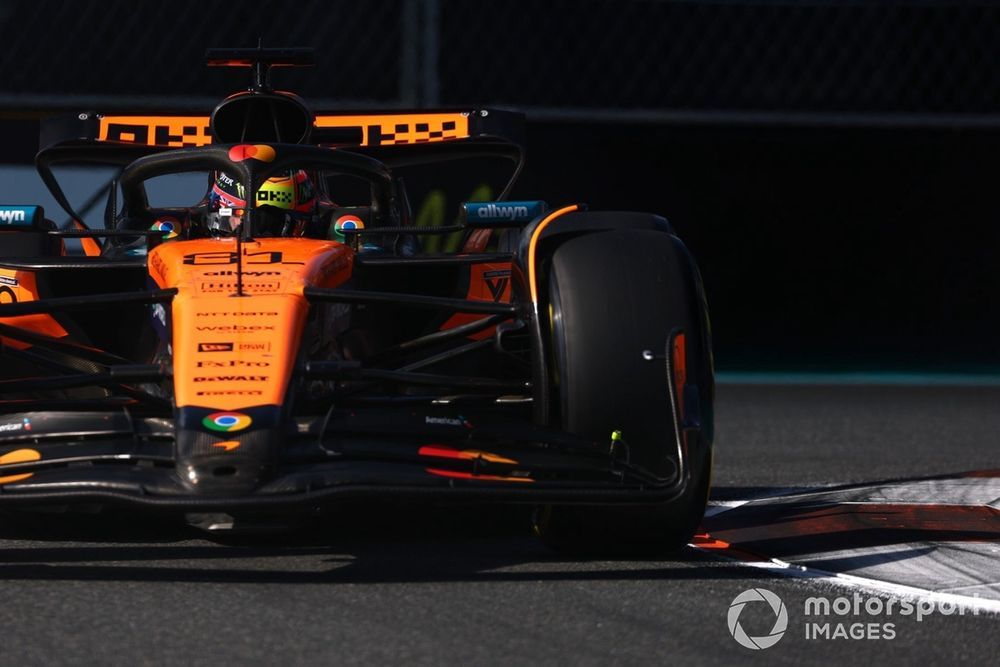
“The car does not give you many ‘signs’, as we technically say. And that means that it is not easy for our pilots to repeat great performances. So what is the best car? Who has the most potential, but is more difficult to explode? Or one with less peak of performance, but more sincere and easy to handle?”
Perhaps the truth is at an intermediate point, but as the calendar enters Europe, it will be fascinating to see how the struggle for poles develops in 2025. Red Bull and McLaren prepare improvements, while the new FIA front wing flexion test could stir things in Spain. Can McLaren create an easier car to pilot the limit? Or will aerodynamics make them back, how do some rivals believe?

